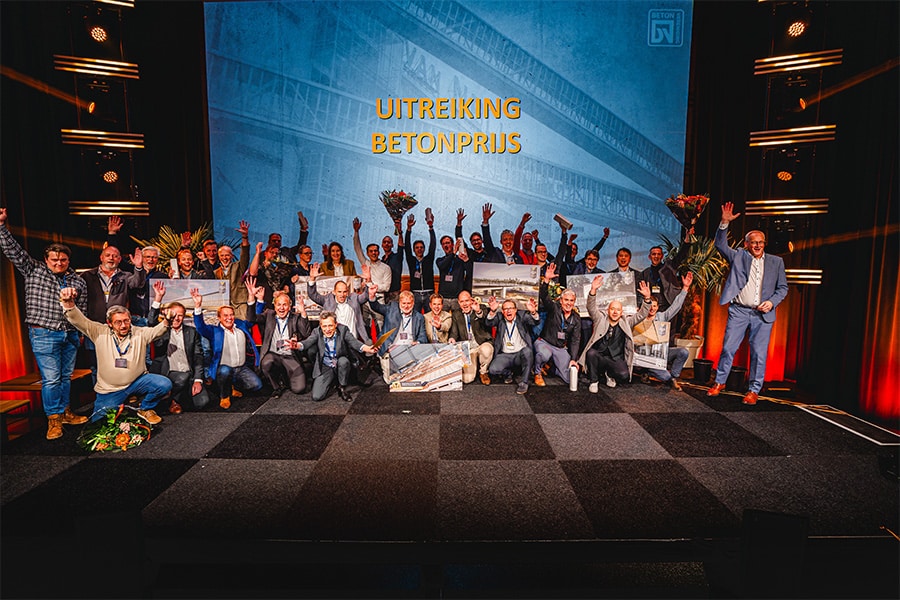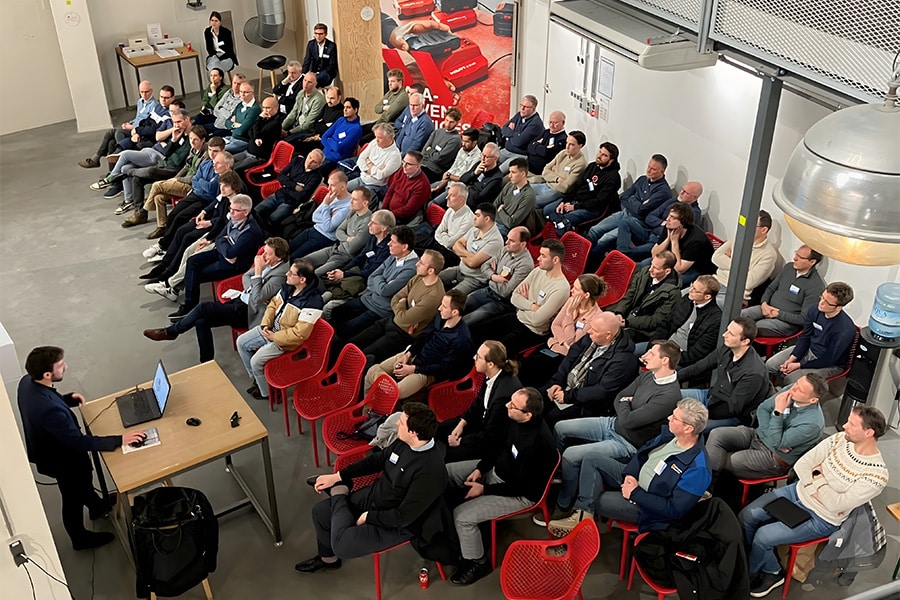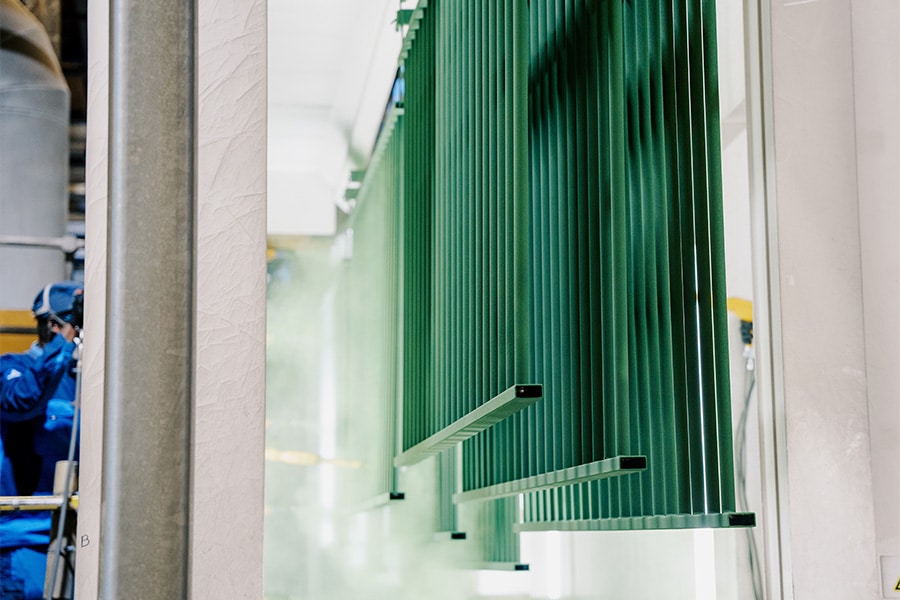
World's largest 3D printed concrete pedestrian bridge completed in China
The bridge was designed by Professor Xu Weiguo of Tsinghua University (School of Architecture) - Zoina Land Joint Research Centre for Digital Architecture. The 26.3-meter-long and 3.6-meter-wide bridge was inspired by the ancient Anji Bridge in Zhaoxian, China.
The single-arch structure, was created using a 3D concrete printer developed by Professor Xu Weiguo's team, integrating digital design, cost efficiency, smart technology and architectural dynamism. The bridge's railings are shaped like flowing ribbons, creating a light, elegant movement across the Shanghai Wisdom Bay pond.
The bridge is composed of 44 hollowed-out 3D-printed concrete units, while the railings are divided into 68 units. The bridge's components are made of composite materials containing polyethylene fiber concrete that match the structural performance of conventional materials.
The design process included the construction of a 1: 4 scale model of the bridge, built to demonstrate the viability of the plan and prove that the bridge would be able to carry pedestrians, spread over the total area. For actual construction, concrete components for the bridge were printed in 450 hours by two robotic arms. The streamlined process saved an estimated 33% compared to a more conventional construction process - primarily attributed to the elimination of templates and rebar, according to the information website ArchDaily.
The bridge was co-sponsored by Shanghai Wisdom Bay Investment Management Company.
This is not the first 3D-printed bridge ever built in China. Last December, a 15-meter-long 3D-printed bridge made of resin and composite materials opened to pedestrians in Shanghai's Taopu Park. This bridge benefited from 3D printing technology developed by Shanghai Construction Group, a state-owned company.
Learn more: www.arch.tsinghua.edu.cn



